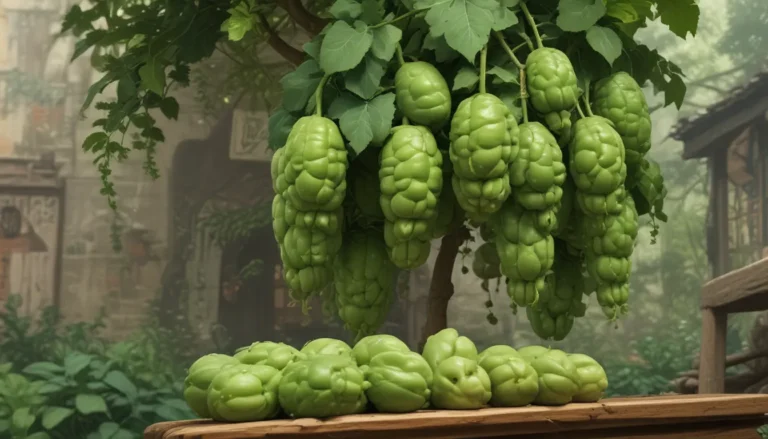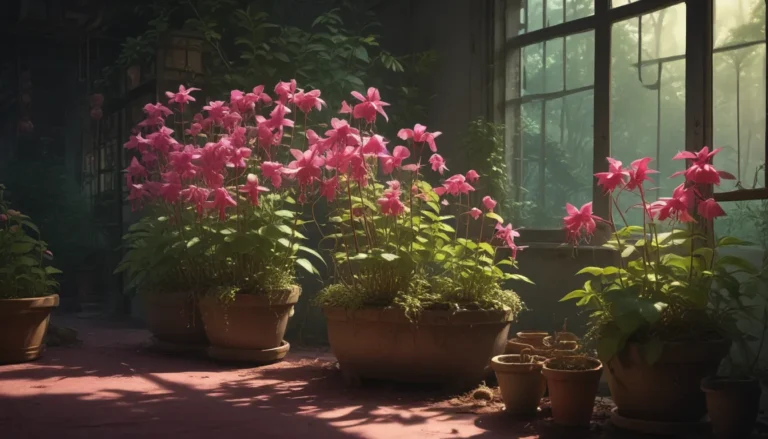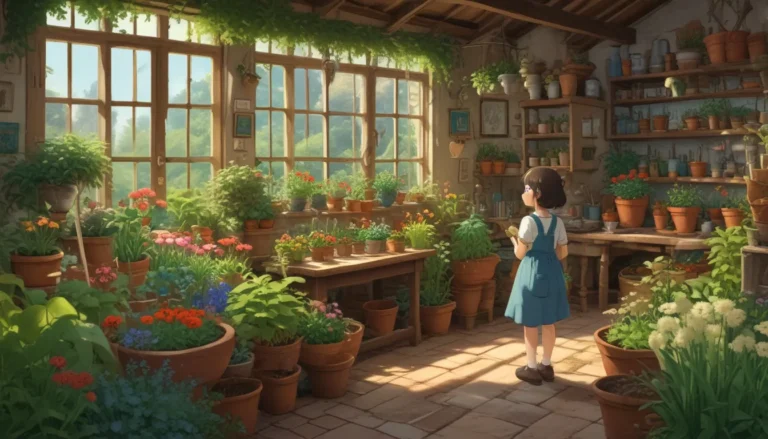A Beginner’s Guide to Growing Peperomias Indoors

Are you looking for a low-maintenance, visually appealing houseplant that can brighten up your indoor space? If so, peperomias might just be the perfect choice for you. These tropical beauties are semi-succulent plants that thrive in indoor environments with minimal sunlight requirements.
If you’ve started exploring the world of peperomias, you might have already noticed the wide variety of species available. With hundreds of different types out there, it can be overwhelming to choose the right one for your home. That’s why we’ve put together a comprehensive guide to help you navigate the world of peperomias and discover 17 of the best species to grow as houseplants.
Getting to Know Peperomias
Peperomias belong to the pepper family, derived from the botanical term “peper” meaning pepper and “omia” meaning same. While there are hundreds of species in this genus, only a select few are commonly grown as houseplants or in home gardens. Many peperomias are epiphytes, which means they naturally grow on the trunks and branches of other plants. However, as houseplants, they thrive in soil as long as the roots are not suffocated by heavy clay or excessive watering.
17 Must-Have Peperomia Species for Indoor Growth
- Alata
-
Known as the winged peperomia, this species features long, glossy, dark green leaves and originates from Jamaica, Mexico, and the West Indies.
-
Angulata
-
Commonly referred to as the beetle peperomia, this species has small, oval, dark green leaves with distinctive bright green veins, resembling little beetles.
-
Argyreia
-
Also known as the watermelon peperomia, this species features leaves that mimic a watermelon rind, with rosette growth habits and reddish petioles.
-
Blanda
-
The arid or hairy peperomia is characterized by small, medium green leaves and stays under a foot tall, ideal for home settings.
-
Caperata
- With deeply rippled and ridged, velvety gray-green leaves, the emerald ripple or green ripple peperomia is a popular choice for its unique appearance.
These are just a handful of the fascinating peperomia species cultivated as houseplants. From the watermelon-like leaves of the Argyreia to the delicate winged nodes of the Alata, each species offers a distinct charm that adds character to any indoor environment.
Cultivating Peperomias in Your Home
When growing peperomias indoors, it’s essential to consider factors such as lighting, watering, and soil conditions to ensure their optimal growth. Here are a few tips to help you care for your peperomia plants:
- Lighting: Peperomias prefer indirect sunlight and thrive in well-lit areas without direct exposure to intense sun rays.
- Watering: Allow the top inch of soil to dry out between waterings to prevent root rot, as these plants do not tolerate soggy conditions.
- Soil: Plant your peperomias in well-draining soil to prevent waterlogged roots and promote healthy growth.
By following these simple guidelines, you can create an ideal environment for your peperomias to flourish and thrive in your home.
Choosing the Right Peperomia for Your Space
Whether you’re drawn to the elegant foliage of the Alata or the intricate patterns of the Caperata, there’s a peperomia species out there that’s perfect for your home. With their diverse shapes, sizes, and textures, peperomias offer a wealth of options for adding greenery to any indoor space.
As you explore the world of houseplants and delve into the unique characteristics of peperomias, you’ll discover a fascinating array of species waiting to be part of your plant collection. From the compact Orba to the cascading Scanden, each peperomia brings its own distinct beauty to your home.
We hope this guide has inspired you to explore the wonderful world of peperomias and find the perfect species to adorn your living space. By incorporating these charming plants into your home, you can enjoy their beauty and enhance the ambiance of any room.
Further Resources on Indoor Gardening
If you’re eager to expand your knowledge of houseplants beyond peperomias, here are some additional resources to help you on your indoor gardening journey:
- It’s Easy to Be Green When You Grow Pothos Houseplants
- Orchids 101: How to Grow and Care for Orchids
- How to Grow and Care for Ruby Glow Peperomia
We look forward to hearing about your experiences with growing peperomias and exploring the world of indoor gardening. Feel free to share your insights and plant selections in the comments below. Happy gardening!





